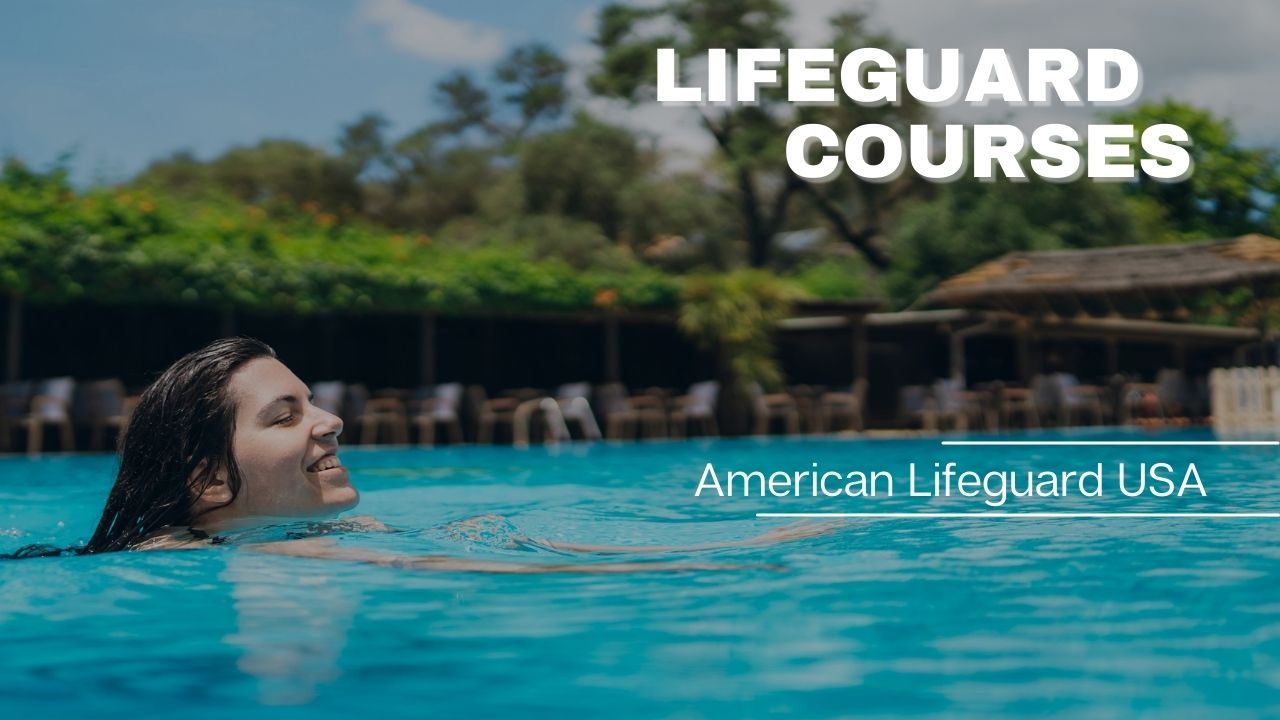Exploring the World of Lifeguard Courses

Imagine a beautiful sunny day at the beach, with people splashing in the waves and children building sandcastles. The scene is idyllic, but like any environment, the beach can pose risks. That’s where lifeguards come in, trained professionals who ensure the safety of beachgoers.
Becoming a lifeguard is not just about sitting in a tall chair and donning sunglasses; it’s a serious responsibility that requires specific skills and knowledge. In this article, we’ll dive into the world of lifeguard courses, examining what it takes to become a lifeguard, the various types of training available, and the vital role they play in maintaining water safety.
The Vital Role of Lifeguard
Lifeguards are an indispensable part of any waterfront, whether it’s a beach, swimming pool, or even a water park. Their primary duty is to prevent and respond to water-related emergencies, ensuring that everyone can enjoy aquatic activities safely.
Here are some of the key responsibilities of a lifeguard:
Surveillance: Lifeguards continuously scan the area they are responsible for, looking for potential dangers or distress signals. They must be vigilant to spot struggling swimmers or other hazards promptly.
Prevention: Lifeguards work to prevent accidents from happening in the first place. This includes enforcing safety rules, educating swimmers, and eliminating hazards from the environment.
Response: When an emergency occurs, lifeguards spring into action. They are trained in various rescue techniques, including using rescue equipment like buoys and life jackets. Timely and effective response can mean the difference between life and death.
First Aid: Lifeguards are typically certified in first aid and CPR (Cardiopulmonary Resuscitation). They can provide immediate medical assistance until more advanced medical personnel arrive.
Communication: Clear and effective communication is crucial for lifeguards. They must convey instructions to swimmers, coordinate with other lifeguards, and relay information to emergency services.
Becoming a Lifeguard: The Training Process
Becoming a lifeguard is not a simple task; it requires dedication, training, and a commitment to safety. The training process typically consists of several components:
Prerequisites: Before enrolling in a lifeguard course, candidates must meet certain prerequisites. These may include age requirements, swimming proficiency tests, and physical fitness assessments. Lifeguards need to be strong swimmers capable of handling challenging situations.
Lifeguard Courses: Lifeguard training courses are typically offered by organizations like the American Lifeguard or other recognized authorities. These courses cover essential skills and knowledge, such as water rescue techniques, first aid, and CPR. They also provide an understanding of water safety rules and regulations.
Certification: Successful completion of a lifeguard course results in certification. This certification is evidence of the candidate’s competence in lifeguard duties. The specific certification received may vary depending on the organization providing the training.
Regular Re-Certification: Lifeguard certifications are not lifetime achievements. They usually expire after a set period, often one to two years. To maintain their status as lifeguards, individuals must attend re-certification courses. This ensures that lifeguards stay up-to-date with the latest safety techniques and remain physically fit.
Types of Lifeguard Courses
Lifeguard training is not one-size-fits-all; different courses cater to various environments and settings. Here are some of the most common types of lifeguard courses:
Beach Lifeguard Courses: These courses are tailored to the unique challenges of beach environments. Beach lifeguards learn to deal with powerful surf, rip currents, and vast expanses of open water. They also receive specialized training in beach-specific rescue equipment.
Pool Lifeguard Courses: Pool lifeguard courses are designed for those who will be working in indoor or outdoor swimming pools. The focus here is on pool-specific safety rules and regulations, as well as rescue techniques that apply to contained bodies of water.
Water Park Lifeguard Courses: Water parks present their own set of challenges, with slides, wave pools, and numerous attractions. Lifeguard courses for water parks emphasize water park safety, including slide evacuations and dealing with crowded areas.
Wilderness Lifeguard Courses: For lifeguards in more remote or wilderness settings, such as lakes, rivers, or natural water bodies, specialized training is available. These courses teach lifeguards how to handle outdoor emergencies, including wildlife encounters and environmental hazards.
Junior Lifeguard Programs: Some organizations offer junior lifeguard programs for younger individuals interested in lifeguarding as a career. These programs are not for certification but provide foundational skills and knowledge.
The Lifeguard’s Code of Conduct
In addition to the technical skills acquired during lifeguard courses, lifeguards must adhere to a code of conduct that emphasizes professionalism, safety, and responsibility. Some key principles in this code include:
Professionalism: Lifeguards should conduct themselves with professionalism at all times. They should be punctual, attentive, and maintain a neat appearance.
Teamwork: Lifeguards often work in teams. Effective communication and cooperation with fellow lifeguards are vital for a seamless operation.
No Distractions: Lifeguards must remain focused on their responsibilities and avoid distractions. This means refraining from personal conversations, smartphone use, or other non-essential activities while on duty.
Know the Environment: Lifeguards should have a thorough understanding of the environment they are responsible for, including potential hazards and water conditions.
Continual Learning: The lifeguard’s education doesn’t end with certification. They should always be eager to learn and improve their skills to adapt to changing conditions and evolving best practices.
Conflict Resolution: Lifeguards may need to address conflicts or violations of safety rules. They should be trained in de-escalation techniques and handling difficult situations calmly and professionally.
The Ongoing Importance of Lifeguarding
Lifeguards play a pivotal role in maintaining water safety, not just during the summer months but year-round. Their presence ensures that people can enjoy aquatic activities without fear of accidents or emergencies. Moreover, they are often the first responders in the event of a water-related incident, which makes their training and readiness all the more critical.
Also Read About: Get The Best Advice From Home Mortgage Lenders
As aquatic environments evolve and recreational activities expand, lifeguard training continues to adapt. For example, water parks have grown in popularity and complexity, requiring lifeguards to learn specialized skills that aren’t covered in traditional lifeguarding courses. The evolving nature of the profession underscores the importance of staying updated with the latest training and certifications.
In conclusion, lifeguard courses are essential in shaping the men and women who stand as guardians of our waters. They are trained to be the calm and capable presence that ensures everyone’s safety while enjoying the beauty and fun that aquatic environments offer. Whether they patrol the beach, watch over a pool, or keep an eye on a water park, lifeguards serve as a reminder that water safety is a shared responsibility, and it’s a responsibility they take very seriously.

